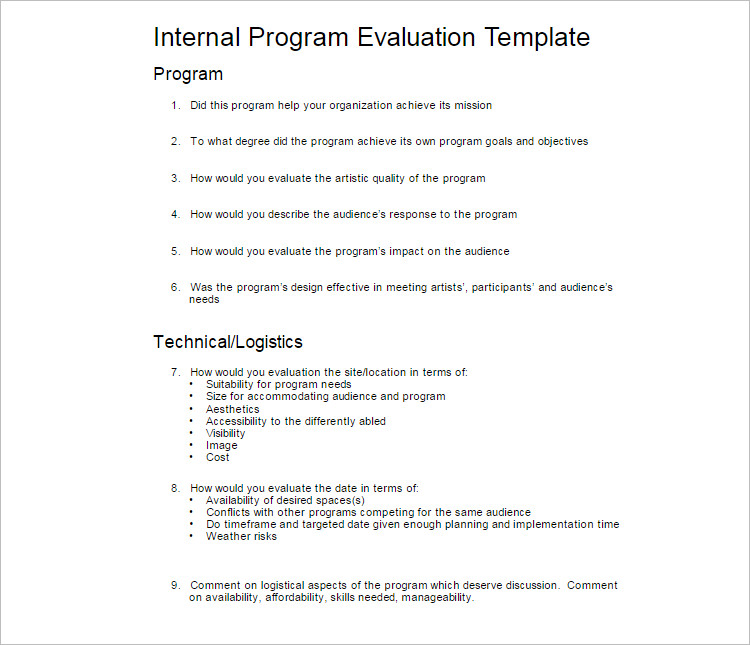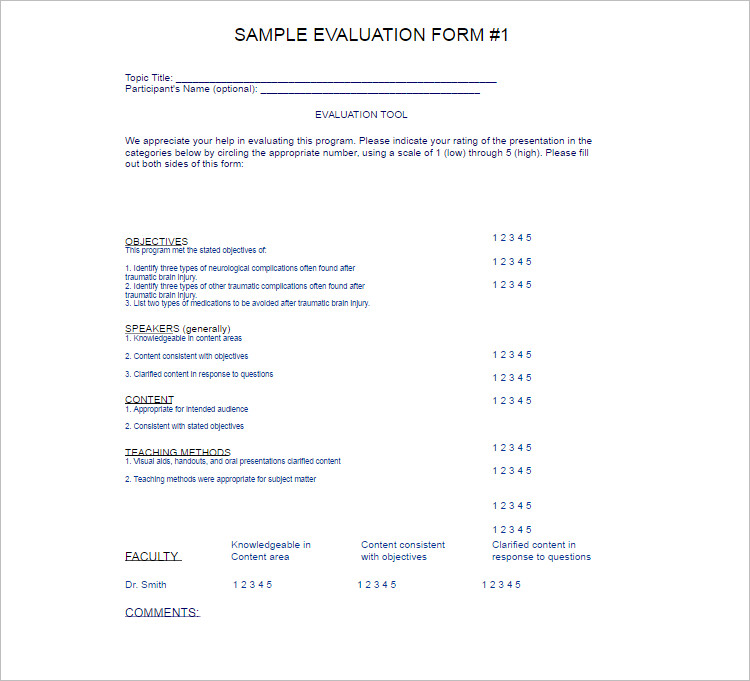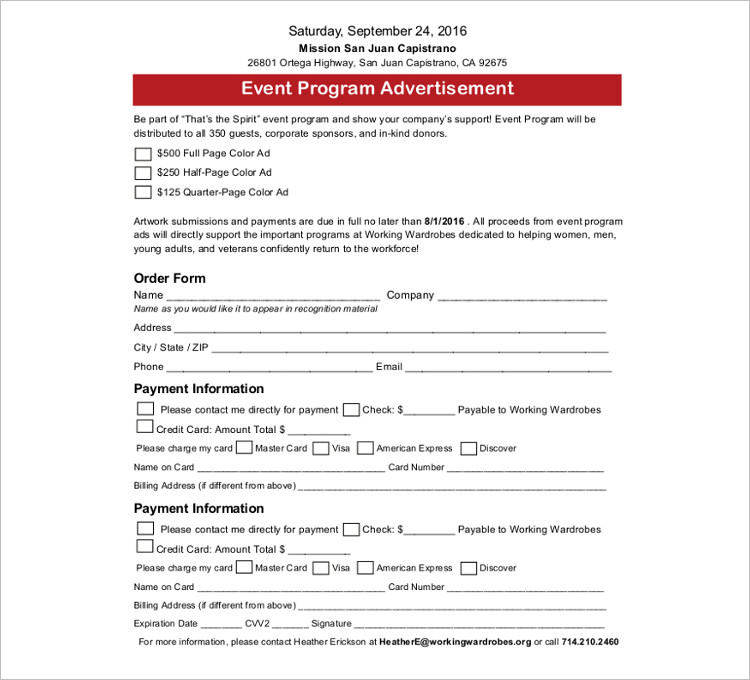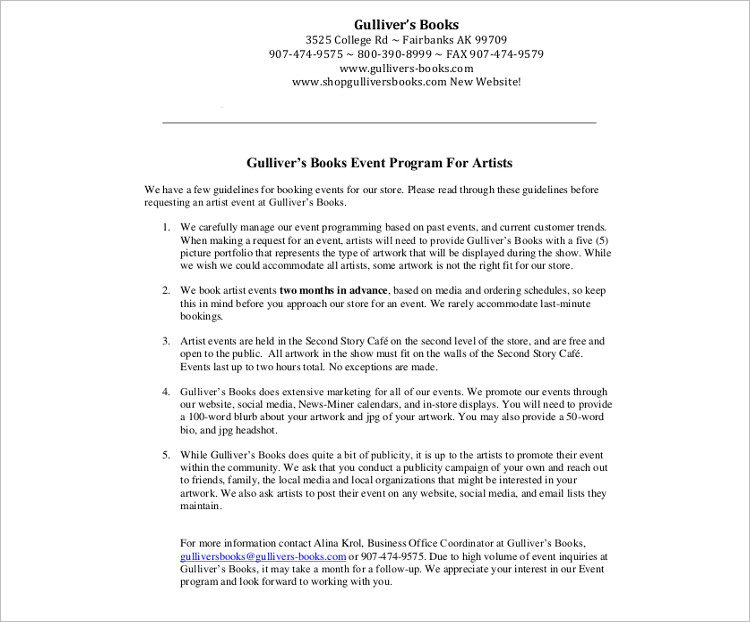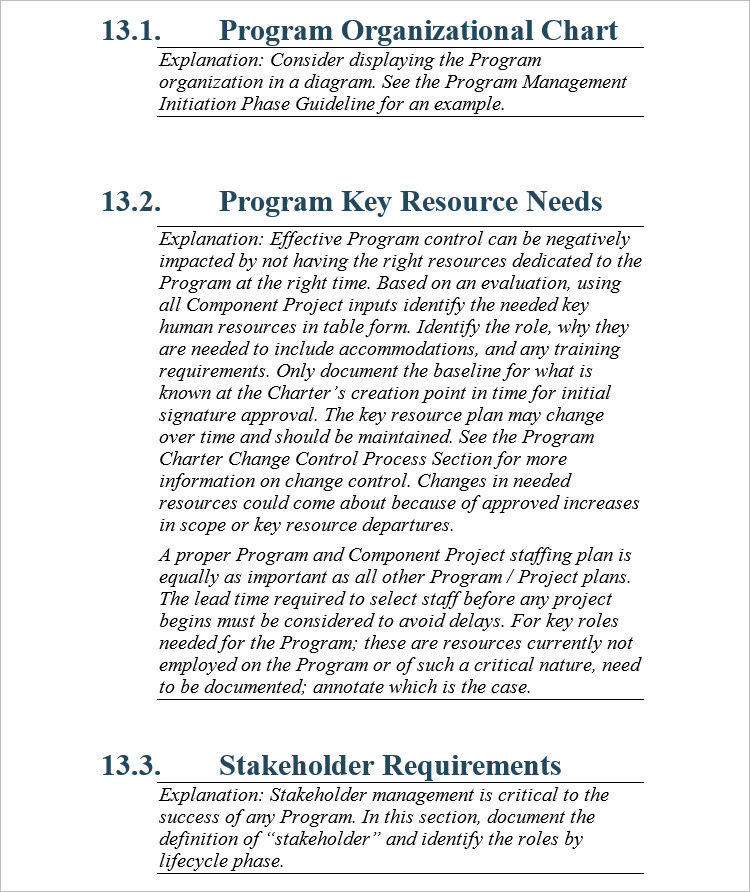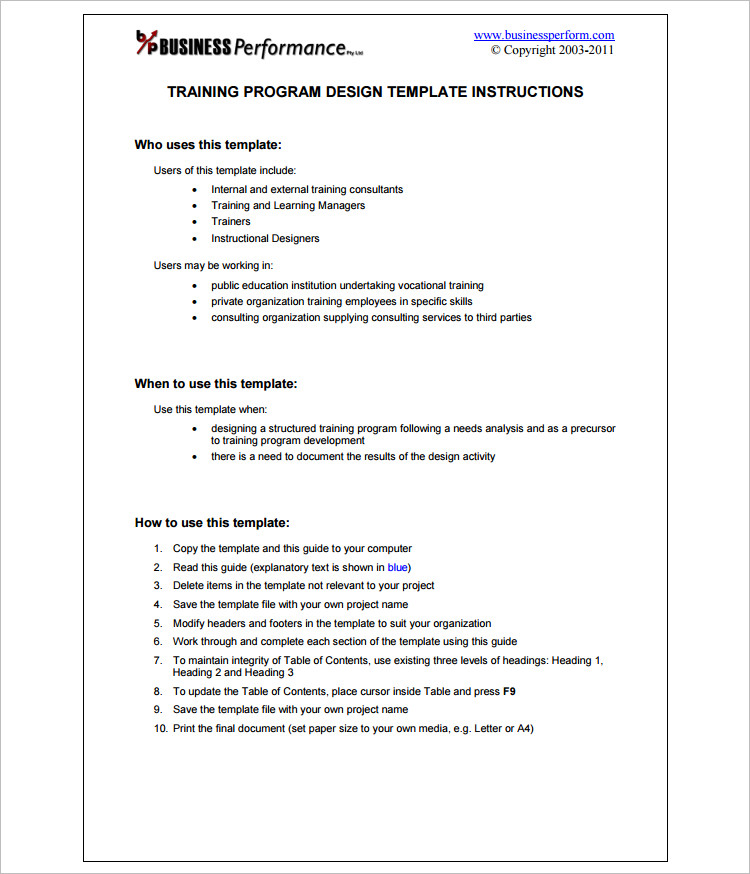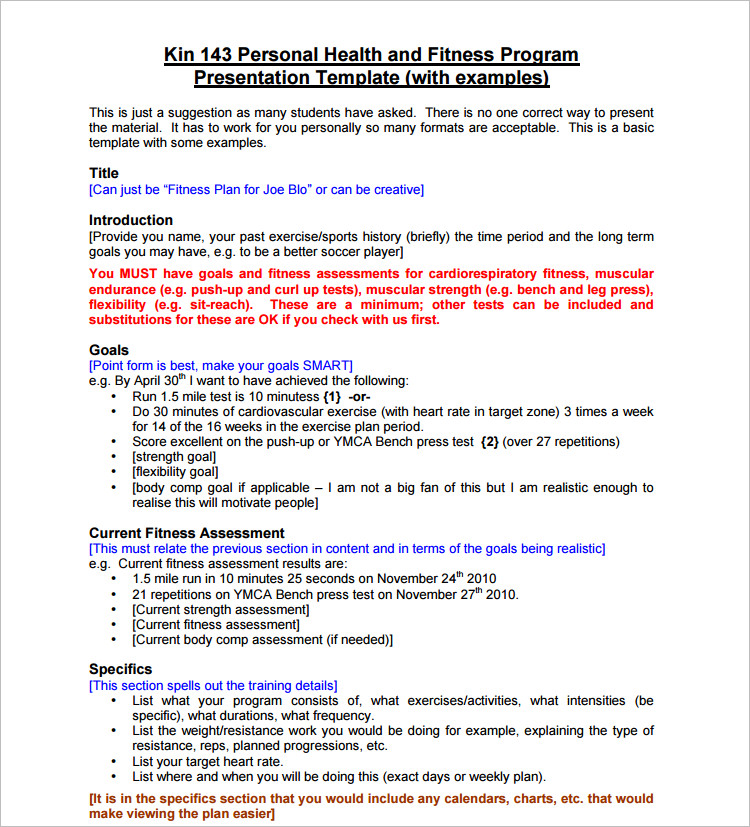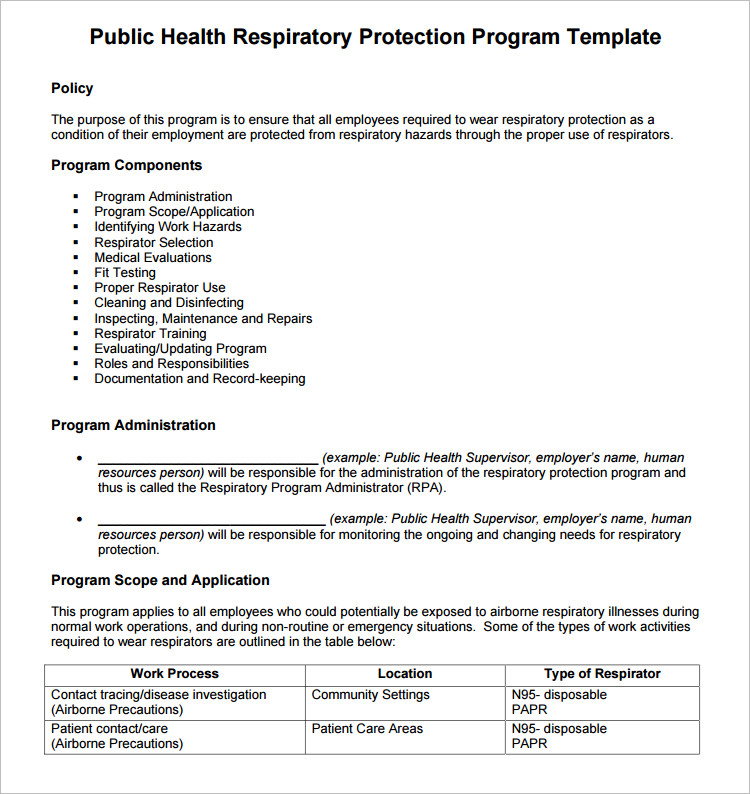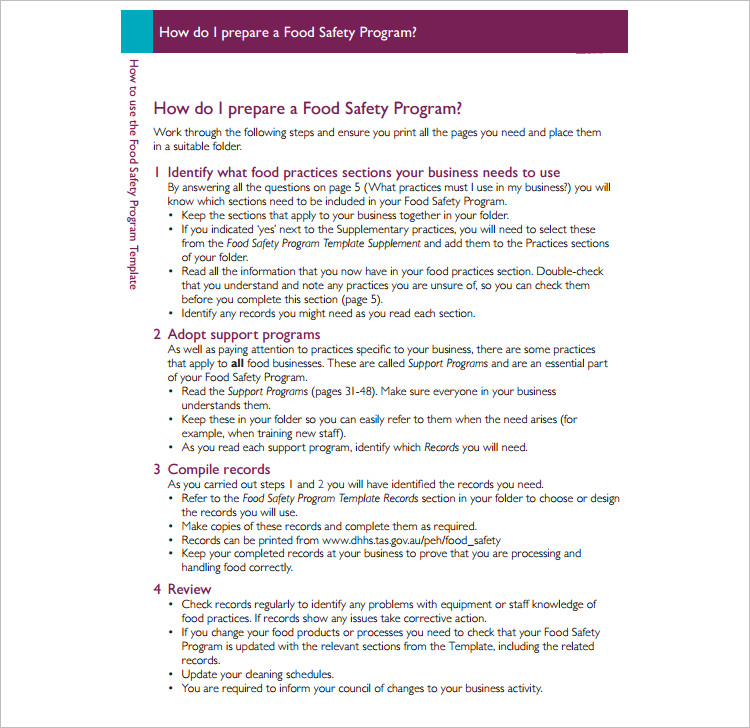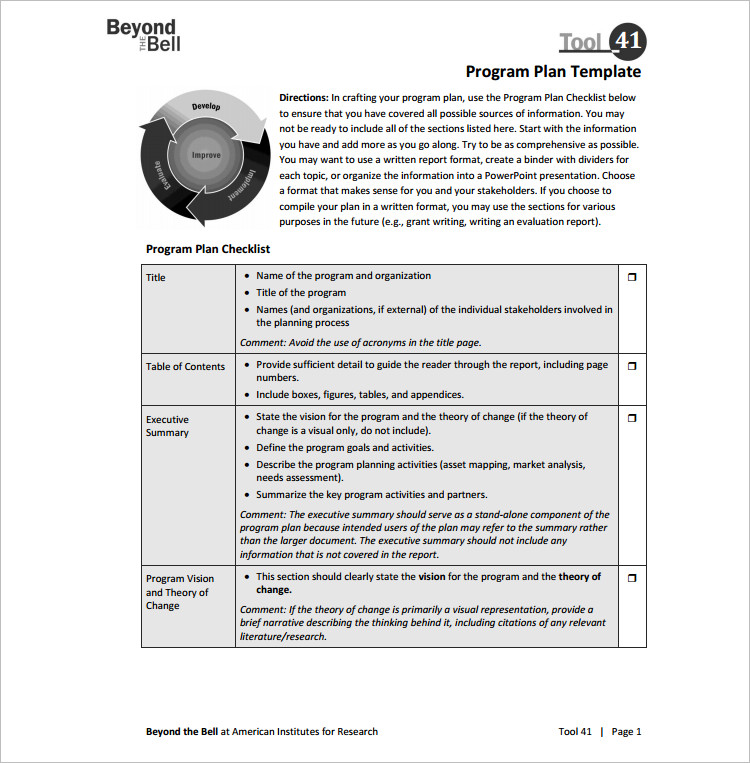In the realm of project management and event planning, having a structured approach is paramount to success. Program templates serve as invaluable tools, providing a framework to streamline processes, enhance efficiency, and ensure consistency across initiatives. In this article, we explore the significance of program templates and their role in driving successful outcomes.
The Blueprint of Success: Understanding Program Templates
At its essence, a program template is a pre-designed framework that outlines the key components, activities, and timelines of a project or event. These templates encompass various elements such as goals, objectives, schedules, resource allocation, and communication plans. By encapsulating essential information in a standardized format, program templates offer a clear roadmap for execution, serving as the blueprint of success for any endeavor.
Efficiency through Standardization: Streamlining Processes with Program Templates
In today’s fast-paced world, efficiency is paramount. Program templates enable organizations to streamline processes by standardizing workflows and procedures. Whether it’s launching a marketing campaign, organizing a training program, or managing a construction project, having a predefined template eliminates the need to reinvent the wheel for each new endeavor. This standardization not only saves time but also reduces the likelihood of errors and ensures consistency in execution.
Adaptability and Customization: Tailoring Program Templates to Suit Needs
While program templates provide a structured framework, they are also inherently adaptable. Organizations can customize templates to align with the specific requirements and nuances of each project or event. Whether it’s modifying timelines, adjusting resource allocations, or incorporating specific deliverables, the flexibility of program templates allows for tailoring to suit diverse needs. This adaptability ensures that templates remain relevant and effective across various contexts and industries.
Enhanced Communication and Collaboration: Fostering Alignment through Program Templates
Effective communication is the cornerstone of successful project management. Program templates facilitate enhanced communication by providing a centralized repository of information that stakeholders can reference throughout the project lifecycle. From project goals and milestones to responsibilities and timelines, a well-designed template ensures that everyone involved is on the same page. This clarity fosters alignment, minimizes misunderstandings, and promotes collaboration among team members.
Continuous Improvement: Iterating and Refining Program Templates
The beauty of program templates lies in their evolution. As organizations gain insights from past projects and experiences, they can iterate and refine templates to enhance effectiveness continually. By soliciting feedback from stakeholders, analyzing performance metrics, and staying attuned to industry best practices, organizations can ensure that their program templates remain dynamic and responsive to changing needs.
Conclusion: Empowering Success through Program Templates
In a world where efficiency, consistency, and collaboration are paramount, program templates emerge as indispensable assets. They provide a structured framework, streamline processes, foster communication, and enable continuous improvement. By embracing program templates, organizations can navigate the complexities of project management and event planning with confidence, unlocking the path to success one template at a time.

